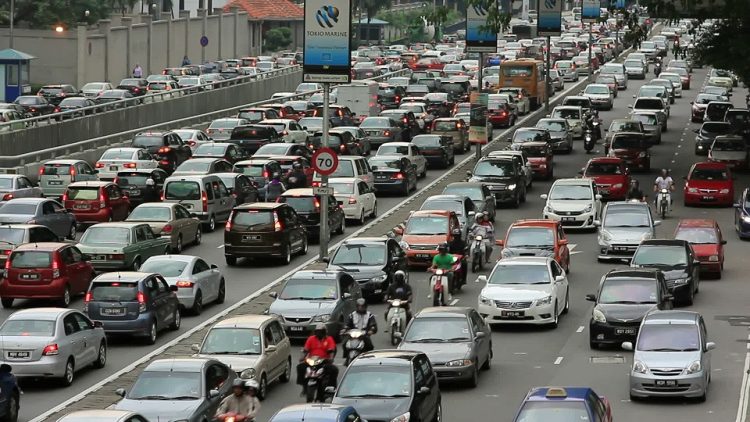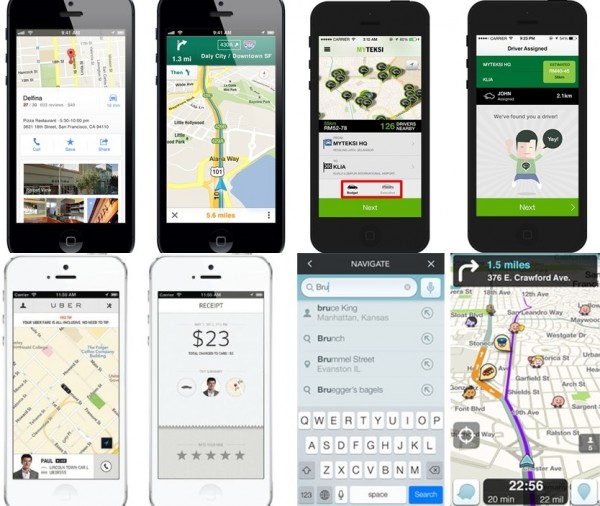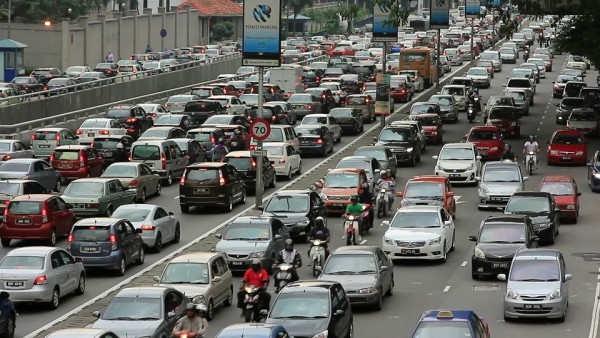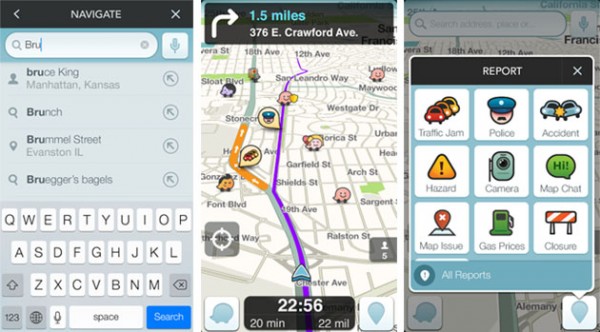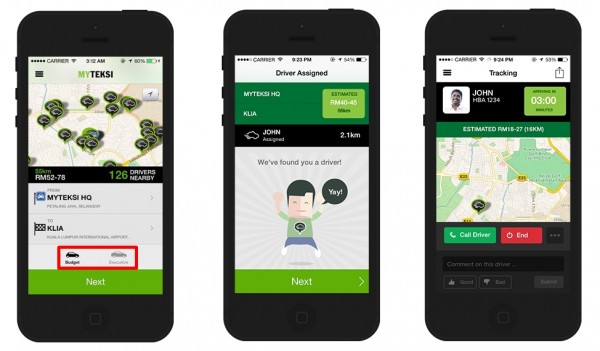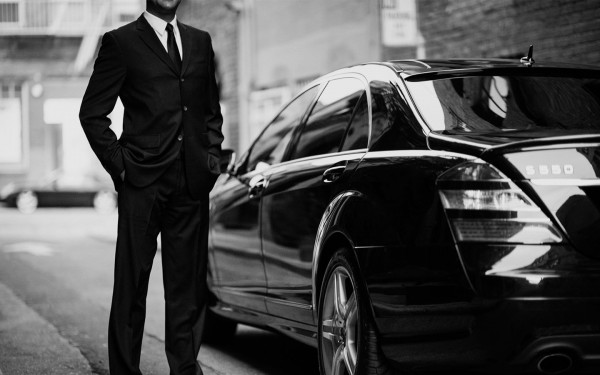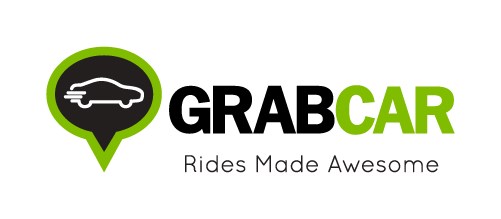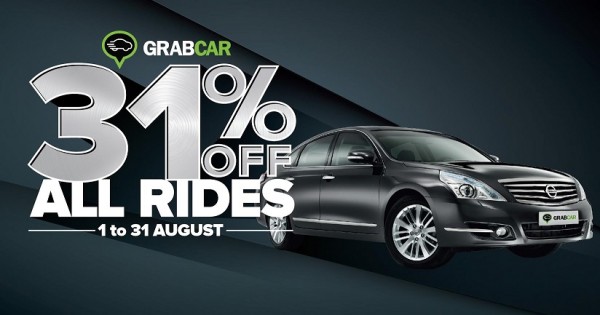We live at such an exciting period. The smartphone industry is at its most exciting in recent memory, and intense competition means a decent device can be purchased for not a lot of money. At the same time, innovations by future-thinking individuals are ensuring you can do so much more with just a smartphone.
Part of my job requires me to meet people in various parts of the city, usually in peak hours. Traffic in Kuala Lumpur can be merciless – a September 2014 report states that the time Malaysian motorists lost being stuck in traffic may have cost the country up to RM5.51 billion a year in productivity.
That’s why I’m eternally grateful to my dependence on my smartphone when it comes to moving around. Whether it is in Kuala Lumpur or when I’m travelling abroad, I swear by some trusty apps that I hugely rely on.
Several weeks back I’d been running late from an errand that threatened to derail an evening meeting. I couldn’t even drive like I was practising for a street race, since the Federal Highway was a demoralising sea of red ahead of me. Knowing that I may not make it to the meeting being stuck there, I turned on Waze, selected a less crowded route that navigated through old PJ neighbourhoods I never knew existed, and made it to my meeting (albeit 15 minutes late).
There was also the time when I managed to take advantage of concurrent promotions by MyTeksi’s GrabCar and uberX that, with a little planning, got me from Sentul to Bangsar and then to KLCC and back to Sentul over the course of a day…for less than RM15. That’s a lot of money saved – both in petrol and parking as well as the time saved from being able to either work or relax during the commute.
Or that time when I was in Taipei with a less than adequate grasp of Mandarin and in urgent need of a cab to the airport. The MyTeksi app didn’t work outside of Malaysia, and in a stroke of bad luck, there were zero Uber cars around (it probably had something to do with the fact that it was 7am on a Sunday morning). Hence, I tried downloading Easy Taxi, and within 10 minutes, I’d registered, booked and was inside of a cab to catch my flight.
Why am I sharing all these anecdotes? It’s simple: we live at such an exciting period where there is a revolution in the way we approach transportation. Whether it is being able to crowdsource traffic information or booking a “personal driver” from your bed, apps are changing the way we travel – especially in shorter distances.
In Malaysia, the “sharing economy” phenomenon is booming. Uber is the darling of many Gen Y commuters, while many others are booking taxis from MyTeksi. In fact, MyTeksi is taking the fight to Uber, introducing GrabCar in Malaysia recently.
GrabCar is a fairly new offering in Malaysia, launched with the aim of complementing a lack of available taxis during peak hours. This uberX competitor has a similar fare rate, but also with a unique premise: you are quoted an exact fare at the time of booking, so there is no “fare shock” at your destination. It has also reduced its fares by a cool 31% throughout August in celebration of the month of independence.
And, if we look a little further, the rise – and the very existence – of these services is a trend that challenges the very notion of having to own a car for transportation purposes at all. With rapidly diminishing resale value, cars are a poor form of investment and worse, tie you down to a substantial amount of loan. As a result, some have toyed with the idea that using a ride-sharing service like GrabCar or uberX full-time is actually cheaper in the long run than owning a car and the various costs associated with it – petrol, parking, maintenance, car loans. And based on this calculation, if you drive less than 15,000km or so a year, it really is cheaper.
That said, if you’re one of those who “inherited” a family car, this doesn’t mean you should sell it off and jump into the next GrabCar you can find. There are apps that can help optimise the time you spend driving. The one I rely on the most is Waze: the more people using the app while driving, the more accurate traffic information is delivered to all users . Of course, you shouldn’t forget the most underrated travel app there is, too: Google Maps. It also pays to regularly check Twitter for traffic updates such as the #kltu hashtag for Kuala Lumpur traffic updates, or the @plustrafik account for when you need to use the highway. There’s actually also a PLUS Expressways app, but…the less said of that, the better.
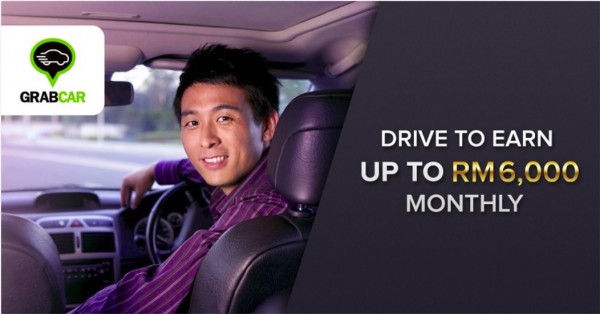
On a related note, if your car is in great condition, you could even sign up to be an Uber or GrabCar driver – there are no restrictions on how often you need to drive, which means this is a viable secondary source of income. Both GrabCar and Uber offer their own incentive and rewards program to reward consistently great drivers within their ranks, encouraging them to push themselves further. In fact, you could even pursue it as a full-time commitment, earning more in the process: GrabCar says you could even earn up to RM6,000 a month driving for them.
In most Malaysian cities, Internet penetration and smartphone ownership are surging. The cost of owning a mobile Internet plan is accelerating downwards, which only further encourages smartphone adoption. And with many of us already doing so many things with our smartphones, there really isn’t a reason we can’t add smart commuting into that list, too.
Disclaimer: This article was sponsored by GrabCar.

